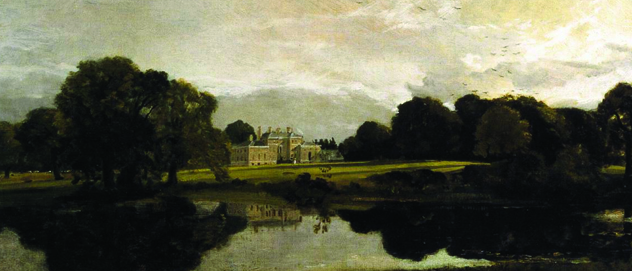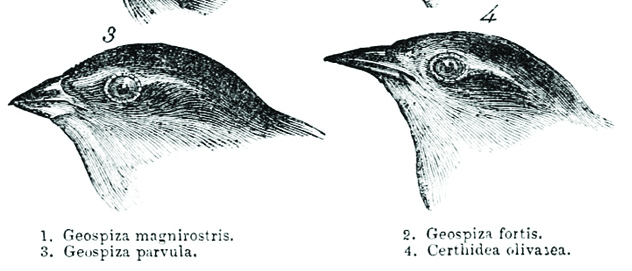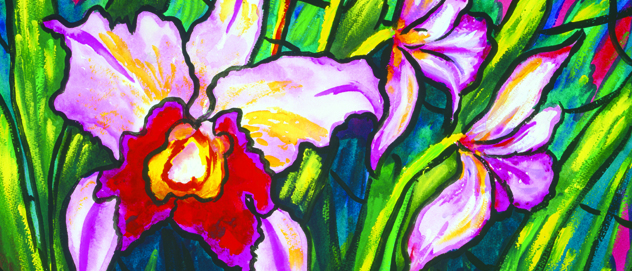Ana's Thought: "Let Nature, in her wisdom, be your teacher."
"I love humanity, which has been a constant delight to me during all my seventy-seven years of life; and I love flowers, trees, animals, and all the works of Nature as they pass before us in time and space. What a joy life is when you have made a close working partnership with Nature, helping her to produce for the benefit of mankind new forms, colors, and perfumes in flowers which were never known before..." - Luther Burbank
In my younger days, I savored each drop of my education - every lesson was a shining gift to be unwrapped, and my mind was eager to take them in. I still recall with such clarity the day my class learned about Luther Burbank, a pioneer of agriculture and a true reveler in Nature's glory. The stories of his experiments and great success, driven by fascination with the workings of the world, resonated deeply within me.
Vivid illustrations accompanied the lesson, dazzling us with a kingdom of flowers and fruits. It was in that moment I first discovered the bridge between Art and biology, instilling in me the belief that both fields work together to expand human understanding. The seeds of inspiration were planted in my heart, and as years passed I grew into the role of an artist guided by Nature. My body of work is a testament to the ceaseless wonders we find when Nature and Art come together.
 |
| Detail from John Constable's Malvern Hall in Warwickshire. |
The pages of history gleam with examples of biology and Art becoming one. As recently highlighted by the Financial Times, the tradition of landscape painting transformed into scientific exercise in the 18th century. Figures like John Constable and Joseph Mallord William Turner came to understand that, within Art, Nature was far more essential than mere background for dramatic scenes - narratives could be found within shifting skies, wild seas, and eroding stones. By taking a closer look at their surroundings, these scientist-artists developed a depth of feeling in their work that had never been reached before.
 |
| Drawings of Darwin's famous finches |
Visual Art communicates clearly when words may confound. Darwin's incredible discovery in the Galapagos Islands - the key that unlocked great secrets of evolution - was granted strength by the work of his crew's draughtsmen. The depictions of the species and locales they explored transported scholars and laymen alike into a new plane of understanding. Hooke's brilliant illustrations showed mystery unfolding in fine detail, with cells changing from invisible, uncertain objects to something far more tangible. When scientists wish to make their ideas concrete, they find their answers in Art.
Through the language of Art and a common love of natural beauty, all people can share the revelations of science. With your curiosity and your talent to guide you, what will be your legacy for our time?

No comments:
Post a Comment